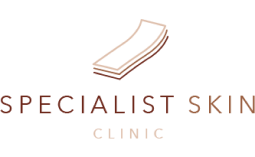Modern Acne Treatments

ACNE REFERS TO CLOGGED PORES (WHITEHEADS AND BLACKHEADS) AND PIMPLES WHICH MAY APPEAR ON THE face, neck, shoulders, chest and back. It typically begins in the early teens and can affect up to 85% of people in this age group. However, acne can also affect adults – 25 percent of men and 50 percent of women suffer from it at some point in their adult lives. If left untreated, it can lead to severe and permanent scars.
Overactive sebaceous glands can cause acne. The sebaceous glands which secrete sebum (oil) are found all over the skin but are most abundant on the face, especially the central portion (T-zone). The glands become active during puberty as result of hormonal changes. In acne sufferers, sebaceous gland activity tends to be higher and the lining of the pores in the skin is thickened, resulting in blockage. This blockage together with the increased oil production results in the formation of the earliest pimple spot called a white or blackhead (also known as a comedone).
Once the pore is blocked, a type of bacteria in the deeper parts of the hair follicle called propionibacterium acnes increases and brings about a biochemical reaction in the sebum, irritating the surrounding skin and causing red and yellow spots to form. These spots are what people generally recognise as acne. If the glands swell greatly, cysts may form, causing discomfort and pain.
Prescribed oral and topical medicines such as topical retinoids, topical antimicrobials and oral antibiotics have been a mainstay of treatment for acne. Today, however, there are new topical medications and machinery like lasers (e.g.Smoothbeam® laser) to treat acne, and fractional CO2 laser (e.g. MiXto SX®) and intense pulsed light (IPL) to treat the acne scars.
The current recommended standard of care for patients with acne is a combination of topical retinoid and antimicrobial therapy as it can target multiple pathogenic factors. One example of a treatment that fits the bill is Epiduo Gel, a fixed-dose combination of adapalene 0.1 percent and benzoyl peroxide 2.5 percent which needs to be applied once daily to affected areas after cleansing and used for long term maintenance after the acne is cleared. By streamlining the number of medications and applications, patients are more likely to stick to their acne treatment regimes, thereby improving treatment outcomes.
Incorporating an appropriate skincare routine is essential too, as skincare products are important in enhancing the penetration and efficacy of drugs and improving the healing of acne. For instance, an acne patient would usually be advised to use a non-soap cleanser and a moisturiser (eg Dermacontrol™) that provides oil control and/or is non comedogenic to prevent breakouts and clogged pores. The role of dermatologists is vital in this regard as they can help patients choose the correct products for their skin conditions.

| Main Line | : (65) 6734 1411 |
| Fax | : (65) 6235 5900 |
| Mon - Fri | : 8:30am - 5:00pm |
| Sat | : 8:00am - 1:00pm |
| Closed on Sundays and Public Holidays | |

